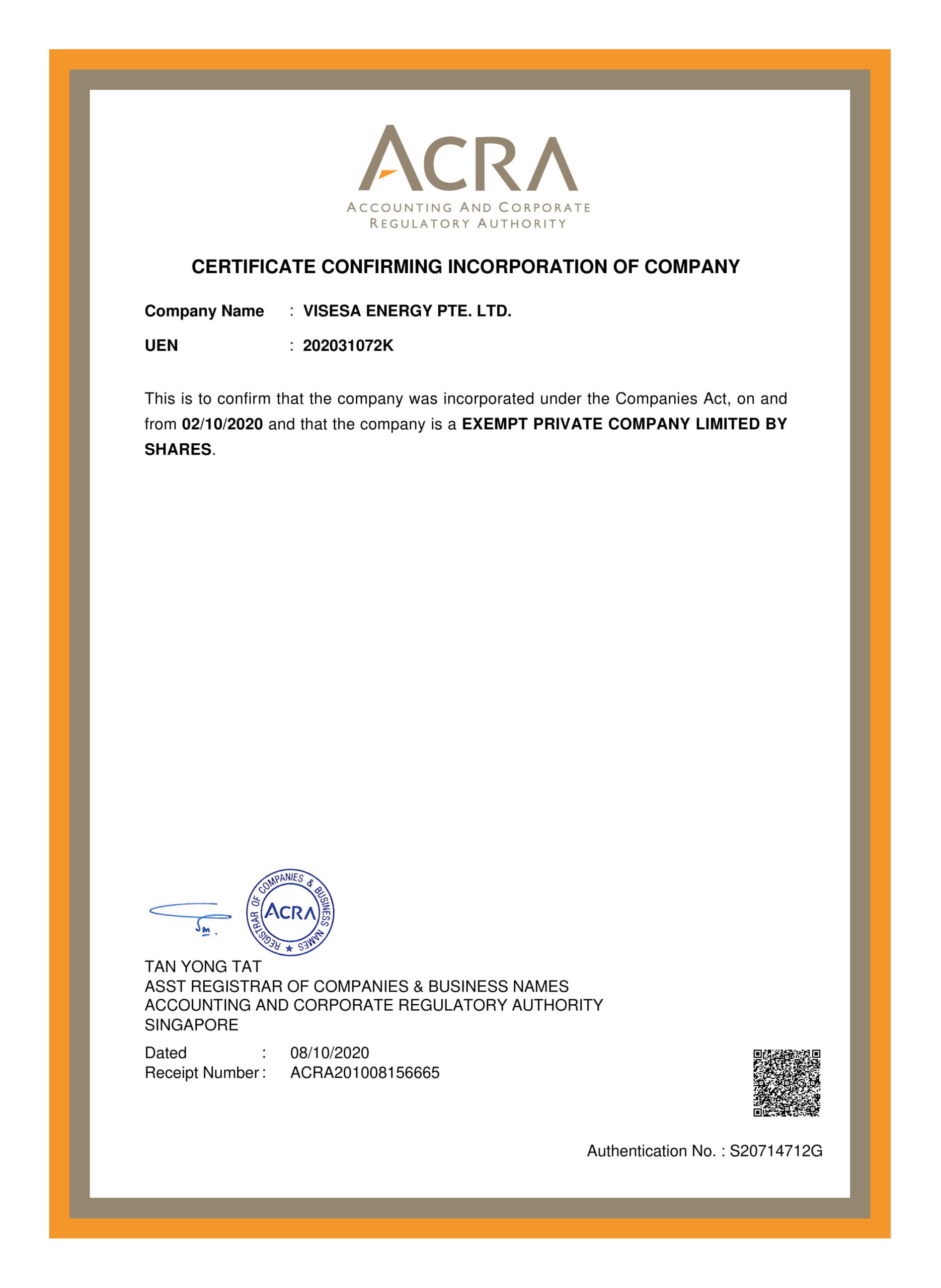Fuel Supply Chain
cutting edge fuels span across globe
Visesa Energy is a global marketer and distributor of petroleum Products and advanced materials for a range of niche markets. The company has a vision to drive a major international supplier of EN590 10 PPM ULSD, Jet Fuel A1 / JP 54 and other petroleum products. Leveraging the combined expertise in sourcing, marketing, finance and logistics, we’re focused on creating differentiated value for the clients over Europe, Asia Pacific, Middle East, Far East and other Global regions. Visesa Energy aspiration endeavour to be an international leader in execution of successful trade and distribution.
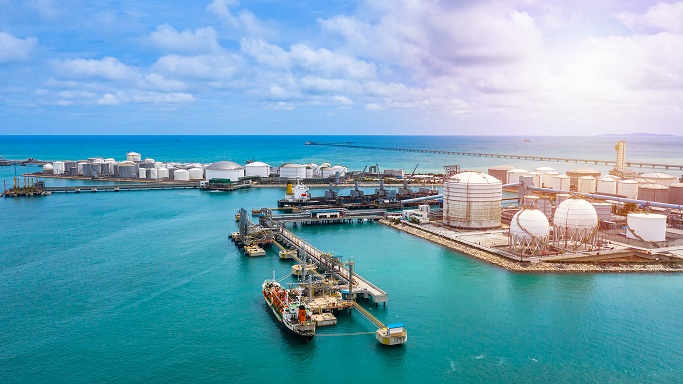
The delivery business, which to date has depended basically on substantial fuel oil to control its motors, presently remains at the junction and has numerous options. From January 1 2020, vessel administrators should switch fuel types to extremely low Sulphur powers (0.5S) or use Sulphur decrease innovation to stay consistent and keep on working their vessels. This necessity to decrease the measure of hurtful Sulphur oxides (SOx) delivered into the environment will influence an expected fleet of 96,000 vessels around the world. Simply, it is the most noteworthy change to the manner by which the worldwide armada is fuelled since the nineteenth-century change from wind to coal.
Limiting SOx emissions from ships will improve air quality and protects the environment.
Aviation fuel is a particular sort of oil-based fuel used to power airplane. It is by and large better than energizes utilized in less basic applications, for example, warming or street transport, and frequently contains added substances to diminish the danger of icing or blast because of high temperature, among different properties
Almost all aviation fuels are derived from crude oil in refineries. Most processing plants produce the kerosine type jet fuels for use in flight turbine motors however just a small bunch of areas have the unpredictable foundation needed to make the more specific evaluations of avionics gas Aviation turbine powers are utilized for driving plane and turbo-prop engine airplane and are not to be confused for Avgas.
Marine Fuel 0.5 bunker: Specifications generally conform with ISO 8217:2010 standards for RMG fuels but the additional requirement of a minimum viscosity of 30 CST at 50 degrees Celsius. These include: Calculated Carbon Aromaticity Index: 870 maximum; Sulphur: maximum 0.5; Flash point: minimum 60 degrees Celsius; Hydrogen sulphide: 2 mg/kg maximum; Acidity: 2.5 mg KOH/g maximum; Pour point (upper) winter quality: 30 degrees Celsius maximum, summer quality: same; Water: 0.5 maximum; Ash: 0.10 maximum; Vanadium: maximum 350 mg/kg; Sodium: maximum 100 mg/kg; Aluminium plus Silicon: 60 mg/kg maximum
Bitumen is a semi-solid hydrocarbon product produced from refining crude but also occurs naturally. It is often referred to as asphalt and the terms are commonly used interchangeably; however, bitumen is the black oil product while asphalt is a combination of bitumen and aggregate stone. It is a very heavy, viscous material, is highly resistant to water and to environmental factors and requires storage and transportation at very high temperatures.
It is primarily used by the construction industry, most notably for roofing and road surfaces, which accounts for approximately 85% of all bitumen use.
Greener Future
Today, Total Marine Fuels Global Solutions (TMFGS) supplies ULSFO 0.1 S in the European Sulphur Emission Control Areas (SECA) zone and will extend its business to the new blend of VLSFO 0.5 S in the main bunkering hubs in September/October 2019. As of January 1st 2020, the new regulations on shipping emissions came into force, reducing the maximum sulphur content of marine fuel oil down to 0.5 S, except in the SECA zone where the maximum level is 0.1S.

Jet A-1 is a kerosine grade of fuel suitable for most turbine engine aircraft. It is produced to a stringent internationally agreed standard, has a flash point above 38°C (100°F) and a freeze point maximum of -47°C. It is widely available outside the U.S.A. Jet A-1 meets the requirements of British specification DEF STAN 91-91 (Jet A-1), (formerly DERD 2494 (AVTUR)), ASTM specification D1655 (Jet A-1) and IATA Guidance Material (Kerosine Type), NATO Code F-35.

Jet A-1 is a kerosine grade of fuel suitable for most turbine engine aircraft. It is produced to a stringent internationally agreed standard, has a flash point above 38°C (100°F) and a freeze point maximum of -47°C. It is widely available outside the U.S.A. Jet A-1 meets the requirements of British specification DEF STAN 91-91 (Jet A-1), (formerly DERD 2494 (AVTUR)), ASTM specification D1655 (Jet A-1) and IATA Guidance Material (Kerosine Type), NATO Code F-35.

Platts IFO 500 CST assessments reflect specifications for RMK 500 CST, ISO 8217: 2010. These include: Approximate Kinematic Viscosity: maximum 500 CST at 50 degrees Celsius; Sulphur: maximum 3.5 Flash point: minimum 60 degrees Celsius; Pour point (upper) winter quality: maximum 30 degrees Celsius, summer quality: same; Water: maximum 0.5 Ash: maximum 0.15 Vanadium: maximum 450 mg/kg; Aluminium plus silicon: maximum 60 mg/kg.
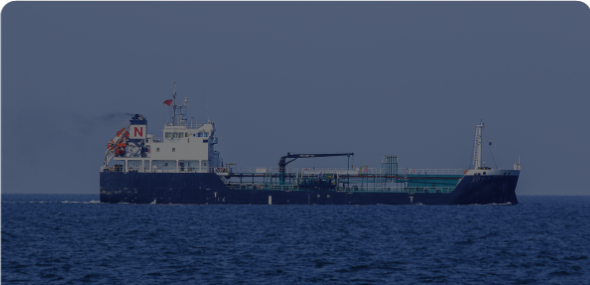
Specifications generally conform with that of RMG 380 CST, ISO 8217:2010. These include: Approximate Kinematic Viscosity: maximum 380 CST at 50 degrees Celsius; Calculated Carbon Aromaticity Index: 870 maximum; Sulphur: maximum 3.5 Flash point: minimum 60 degrees Celsius; Hydrogen sulphide: 2 mg/kg maximum; Acidity: 2.5 mg KOH/g maximum; Pour point (upper) winter quality: 30 degrees Celsius maximum, summer quality: same; Water: 0.5 maximum; Ash: 0.10 maximum; Vanadium: maximum 350 mg/kg; Sodium: maximum 100 mg/kg; Aluminium plus Silicon: 60 mg/kg maximum.
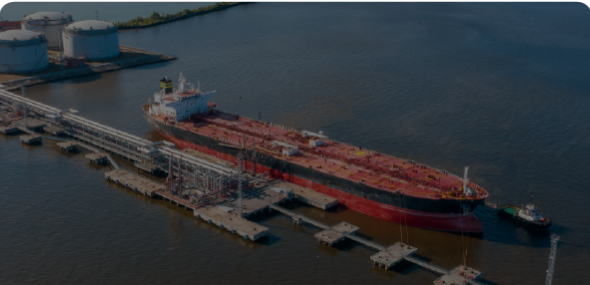
Specifications generally conform with that of RME 180 CST, ISO 8217:2010. These include: Approximate Kinematic Viscosity: maximum 180 CST at 50 degrees Celsius; Calculated Carbon Aromaticity Index: 860 maximum; Sulphur: maximum 3.5 Flash point: minimum 60 degrees Celsius; Hydrogen sulphide: 2 mg/kg maximum; Acidity: 2.5 mg KOH/g maximum; Pour point (upper) winter quality: 30 degrees Celsius maximum, summer quality: same; Water: 0.5maximum; Ash: 0.070 maximum; Vanadium: maximum 150 mg/kg; Sodium: maximum 50 mg/kg; Aluminium plus Silicon: 50 mg/kg maximum. Ultra low sulphur bunker fuel: Platts assess 0.1sulphur bunker fuel. Specifications in Europe conform to an RMD 80 specification.
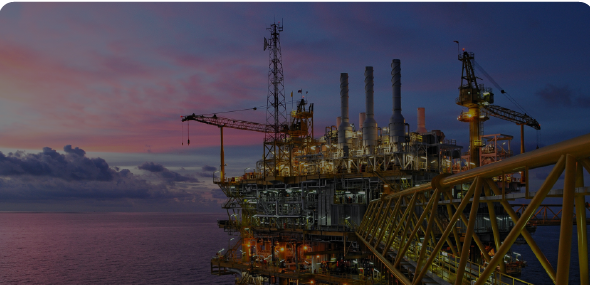
Platts IFO 500 CST assessments reflect specifications for RMK 500 CST, ISO 8217: 2010. These include: Approximate Kinematic Viscosity: maximum 500 CST at 50 degrees Celsius; Sulphur: maximum 3.5Flash point: minimum 60 degrees Celsius; Pour point (upper) winter quality: maximum 30 degrees Celsius, summer quality: same; Water: maximum Ash: maximum 0.15 Vanadium: maximum 450 mg/kg; Aluminium plus silicon: maximum 60 mg/kg.
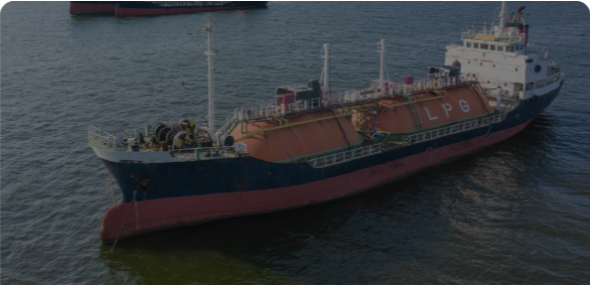
Specifications: RMG 380 CST, ISO 8217:2010. These include: Approximate Kinematic Viscosity: maximum 380 CST at 50 degrees Celsius; Calculated Carbon Aromaticity Index: 870 maximum; Sulphur: maximum 3.5 Flash point: minimum 60 degrees Celsius; Hydrogen sulphide: 2 mg/kg maximum; Acidity: 2.5 mg KOH/g maximum; Pour point (upper) winter quality: 30 degrees Celsius maximum, summer quality: same; Water: 0.5maximum; Ash: 0.10 maximum; Vanadium: maximum 350 mg/kg; Sodium: maximum 100 mg/kg; Aluminium plus Silicon: 60 mg/kg maximum.
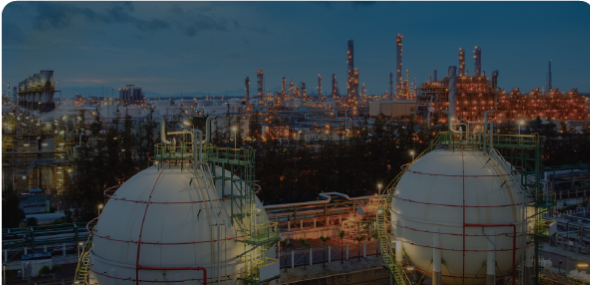
Specifications generally conform with that of RME 180 CST, ISO 8217:2010. These include: Approximate Kinematic Viscosity: maximum 180 CST at 50 degrees Celsius; Calculated Carbon Aromaticity Index: 860 maximum; Sulphur: maximum 3.5 Flash point: minimum 60 degrees Celsius; Hydrogen sulphide: 2 mg/kg maximum; Acidity: 2.5 mg KOH/g maximum; Pour point (upper) winter quality: 30 degrees Celsius maximum, summer quality: same; Water: 0.5 maximum; Ash: 0.070 maximum; Vanadium: maximum 150 mg/kg; Sodium: maximum 50 mg/kg; Aluminium plus Silicon: 50 mg/kg maximum. Ultra low sulphur bunker fuel: Platts assess 0.1 sulphur bunker fuel. Specifications in Europe conform to an RMD 80 specification.
Indonesian Steam Coal is soft in texture, black & lightweight and is known for its purity, low ash, Various sizes & GAR (Gross As Received) and high thermal efficiency. The coal is available in 5200 / 5000 / 4800 GAR at Navlakhi in Gujarat. Indonesian Coal is available in 0-50 mm (Basic Size). This variety of coal is typically used in Power Plants, Paper Mills, Chemicals & Dyes Industries, Process Houses, Coal Screening Plants, Gasifier Plants and other industries
Indonesia is one of the world’s largest producers and exporters of coal. Since 2005, when it overtook Australia, the country is the leading exporter in terms of thermal coal. A significant portion of its exported thermal coal consists of the medium-quality type (between 5100 and 6100 cal/gram) and the low-quality type (below 5100 cal/gram) for which large demand originates from China and India.
Suppliers

Trafigura Pte ltd / Puma Energy Singapore / DTS Holdings Singapore Pte Ltd
10 Collyer Quay, #29-00, Ocean Financial Centre

Chevron Singapore Pte. Ltd.
3 Fraser Street
#12-28 DUO Tower
Singapore 189352

Aramco Asia Singapore Pte. Ltd.
OUE Bayfront, 50 Collyer Quay #13-01, Singapore 049321

#15-02, THE HEEREN,
Singapore 238855
Rising
Petroleum
1 SOPHIA ROAD #03-37 PEACE CENTRE SINGAPORE 228149

Venkata Rajasekhar
Managing Director

About Visesa Energy
Products & Services
Aviation
Marine
Bitumen
Allocation Holders
Visesa Group
Visesa Seaport
Visesa Shipping
Visesa Commodities
Venkata Rajasekhar
Managing Director
Visesa Energy Pte Ltd
10 BUROH STREET
#3-30,
WEST CONNECT BUILDING
Singapore 627564
[email protected]
Tel: +65 6264 6754
Whatsapp(India): +91 83318 13679
Skype: palety279 (VRS P)
www.visesaenergy.com

